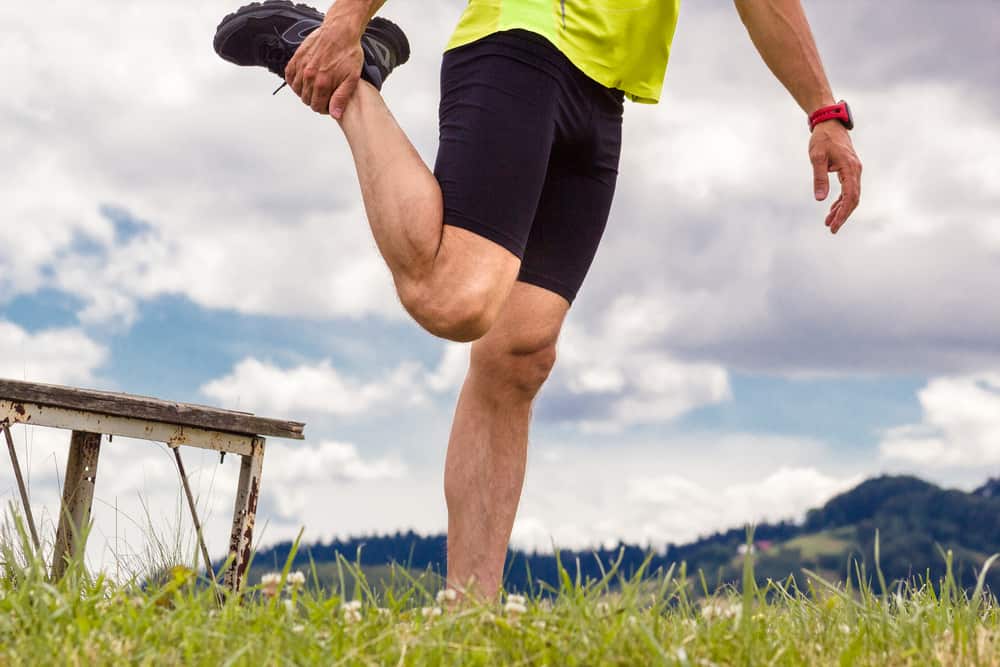Contents:
- Medical Video: Physio Neck Exercises Stretch & Relieve Routine
- Get to know the types of stretching first
- Various stretching movements that must be avoided before exercise
- 1. Elevated hamstring stretch
- 2. Forward fold
- 3. Standing isolated quad stretch
- 4. Figure 4
- 5. Pigeon pose
Medical Video: Physio Neck Exercises Stretch & Relieve Routine
Stretching or stetching is one of the activities that needs to be done before exercise. Yes, you should not start exercise without stretching first. Reporting from the Women 's Health page, according to Rebecca Kennedy, a certified trainer from AFAA and NASM, the muscles of the body require warming up or warm up to increase heart rate. In addition, stretching movements will increase blood flow so that more oxygen enters the muscle.
Apparently, not all stretches are good to do before exercise. Because, there are several stretching movements that can increase the risk of injury, especially if done in the wrong way. So, what stretching movements should be avoided before exercise? Find out the answers in the following review.
Get to know the types of stretching first
Stretching consists of two types, namely dynamic and static stretching. Dynamic stretching is a stretch that requires certain movements. This type of stretching is most recommended to do before exercising.
On the other hand, static stretching or stretching in certain positions need not be done before exercise. Because, according to Christina Ciccione, C.S.C.S., a physical therapist and director of the clinic in Professional Physical Therapy, static stretching can actually damage muscles or tendons if done before exercise.
Therefore, not any stretch can be done before exercise. Instead of heating the body, wrong movements can actually make the body sick.
Various stretching movements that must be avoided before exercise
1. Elevated hamstring stretch
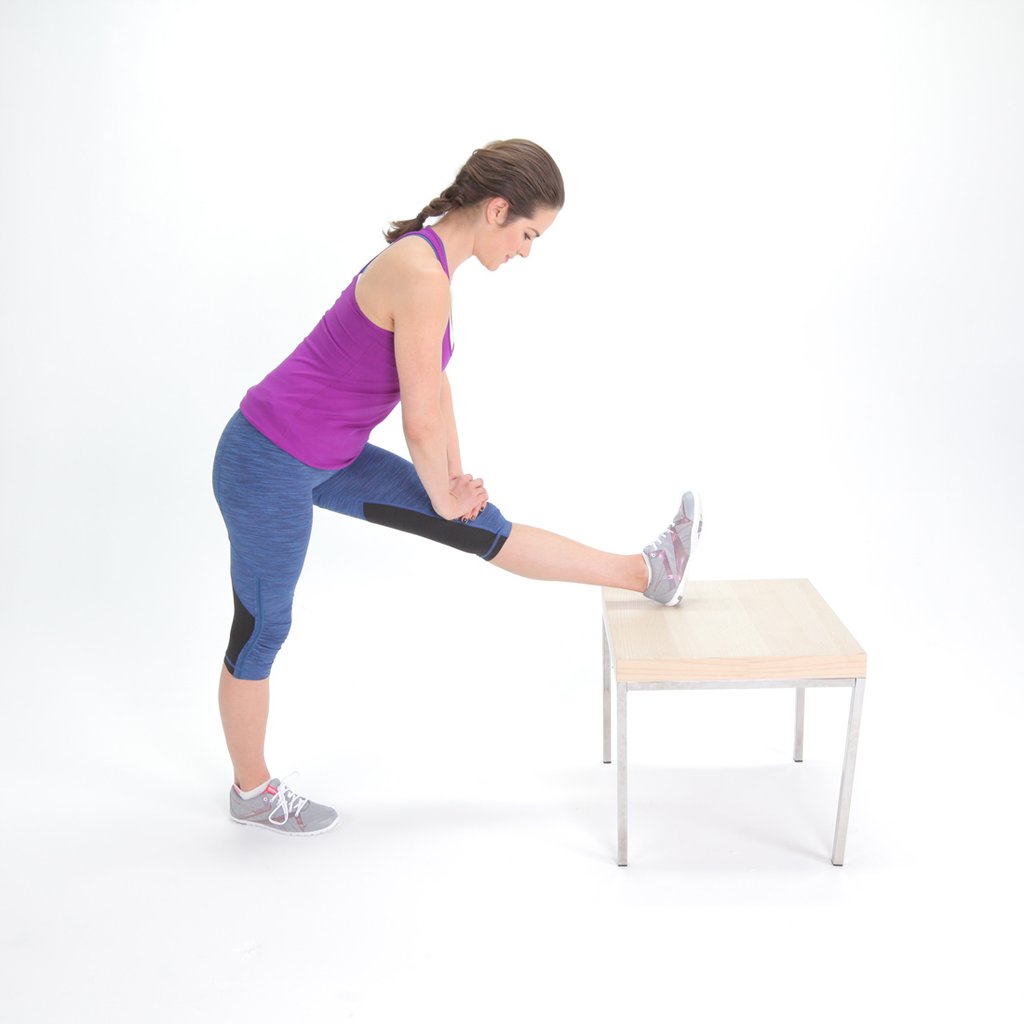
One stretching motion that should be avoided before exercise is elevated hamstring stretch. Just as the name suggests, this movement focuses more on the hamstring muscles or muscles behind the thigh.
This movement is done by placing one foot on a bench or a pedestal that is lower than the hip, then push your body slightly bent towards the foot that rests.
When you do this movement, you often feel a sensation like a muscle that is tense on the back of your knee. During this time you might consider it a positive effect during the stretching period.
In fact, the sensation is only the effect of the sciatic nerve or the pelvic nerve that is tense. This stretching motion does not actually make the body flexible, instead it makes the muscles behind the knee hurt and tighten.
2. Forward fold
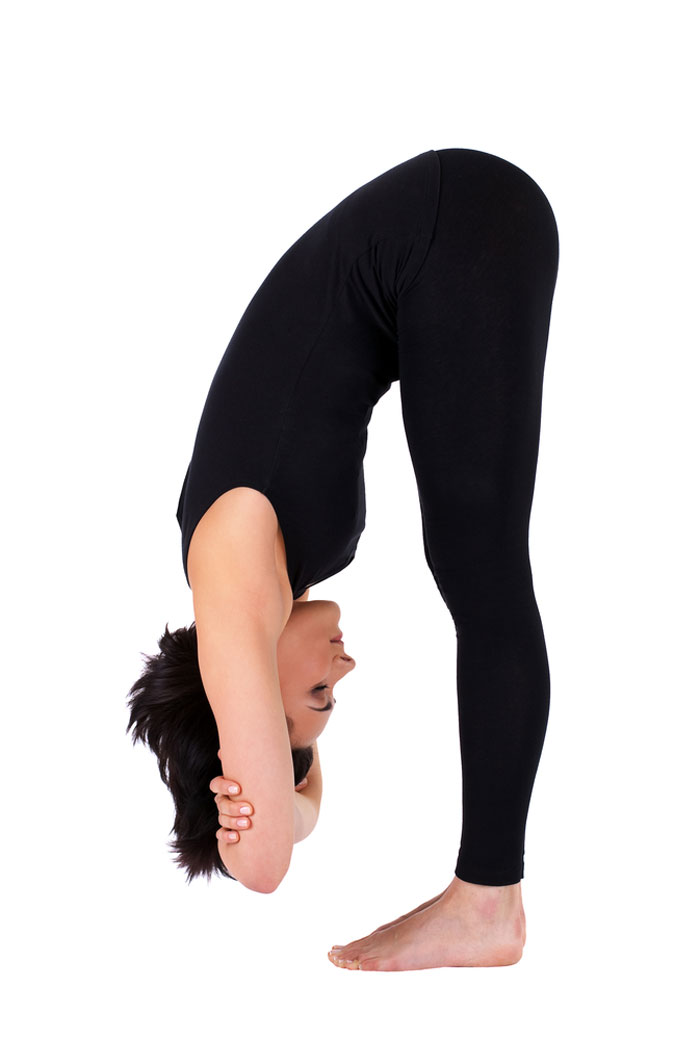
Forward fold is one of the static stretches found in yoga. This stretching is done by standing upright, then bending forward and slowly pointing down until your palm touches your toes or floor.
Unfortunately, forward fold not recommended before exercise. Because, according to the Journal of Sports Physical Therapy, this movement has the potential to cause injury, such as microtears or minor damage to the muscles.
3. Standing isolated quad stretch
This stretching movement is generally done before exercise, namely by lifting one leg towards the back, then holding the foot of your hand. Movement standing isolated quad stretch what is done before exercise is at risk of causing front knee pain. Because, this movement gives too much pressure on the knee joint.
If it continues to do, especially with an inappropriate position, this can cause joint problems with patellofemoral pain syndrome, a disease that many athletes runners and bikes experience.
4. Figure 4
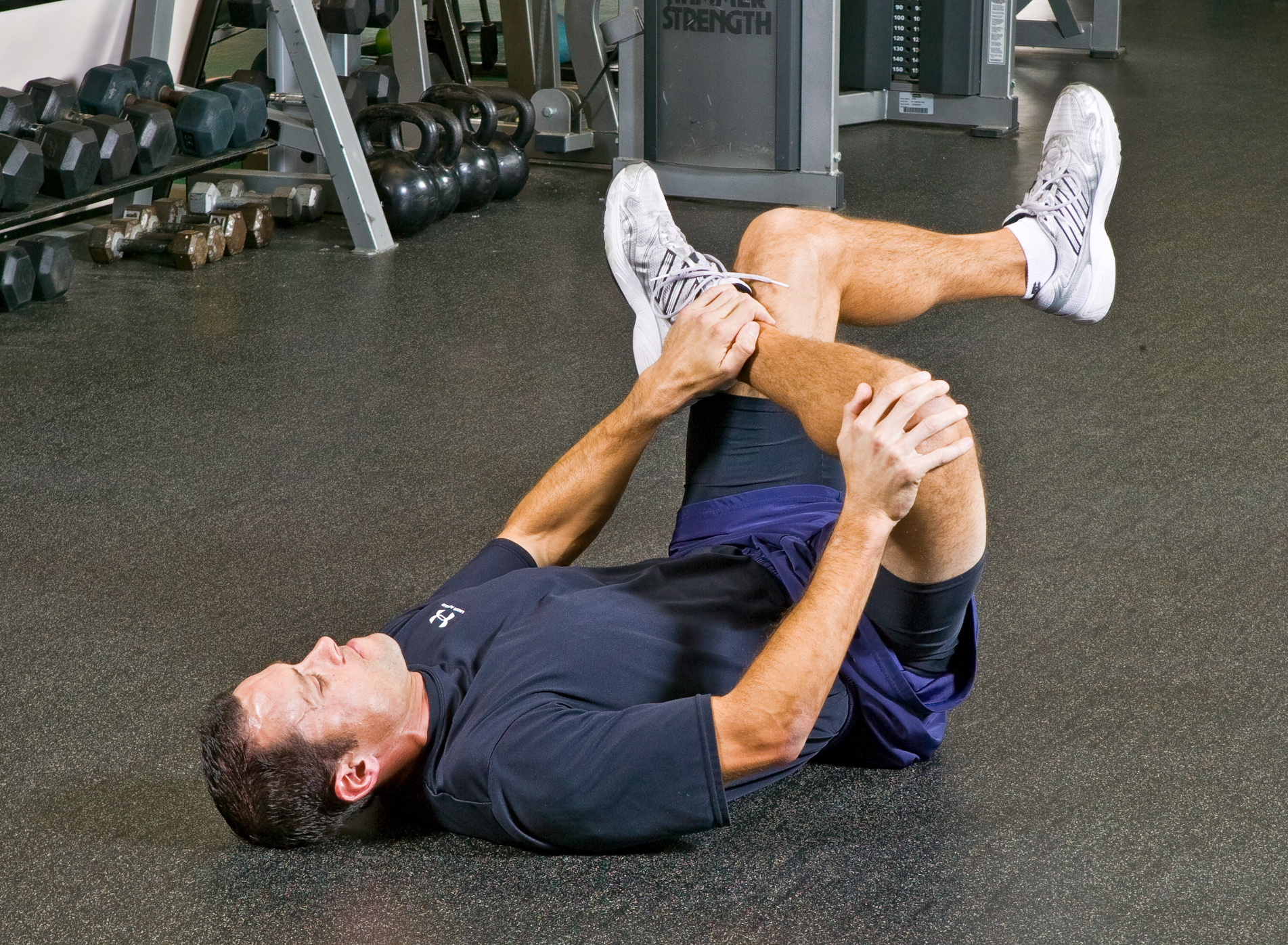
Stretching movement figure 4 done in the supine position with the legs bent, then one ankle resting on the left thigh above the lulut or vice versa. Apparently, this one stretching motion is not suitable for warm up before exercise.
The reason is, this movement requires flexibility of the hips and abduction so that the muscles are not stiff. When done before exercise, that means the muscles around your pelvis are not hot enough or flexible. As a result, this movement does not have any effect on your body and is just a waste of time.
5. Pigeon pose
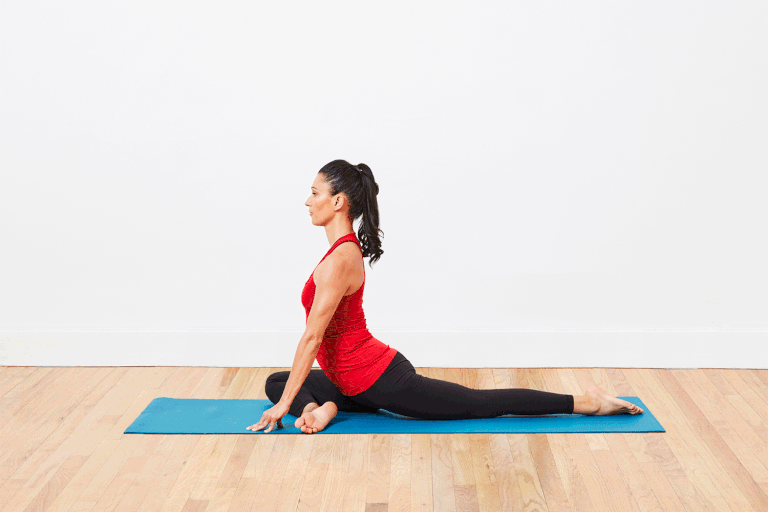
If you like doing yoga, you certainly are no stranger to this one pose. Pigeon pose or the position of the pigeon is by bending one leg in front of it parallel to the base or floor, while the other leg extends straight back. You can use both hands as a support on the front of the body.
This stretching movement serves to stretch the piriformis muscle and hip external muscles, but unfortunately it is not good to do before exercise. This is becausepigeon pose requires flexibility in the pelvic, hip and knee muscles.
Well, if done at the beginning of the sport, which in fact the body's muscles have not heated up thoroughly, this movement actually makes stretching become uncomfortable and painful muscles of the body.


